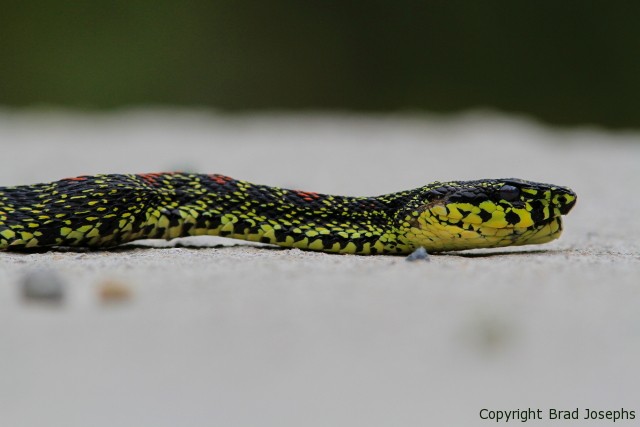
Close-up of the red spotted pit viper. I took this with my 300, and canon 7d, while lying on belly about 10 feet away.
I must say many of my dreams came true this past April while guiding the first two Natural Habitat Adventures expeditions in China with our new itinerary, which explores much wilder areas of this exotic land. One of the goals of this trip was to go beyond the more traditionally traveled regions, visit some unknown wildlife sanctuaries, and hopefully view and photograph some of the rarest and most endangered wild animals on the planet. As you will see below, mission accomplished.
Each trip had its own special highlight wildlife encounter. For the first trip, this occurred in an unknown nature reserve, that had never before seen western tourists. This was my first time to the park, but I followed my Co-guide Phillip He’s instincts, and local knowledge to pursue one of my wildlife fantasies that has eluded me countless times in the past – to view the highly endangered and rare golden snub-nosed monkey in the wild. This was not an easy hike, as we covered 3 miles each way, and gained around 1,000 feet elevation, but the effort was rewarded in full as we found, viewed and photographed a troop of nearly 100 animals about 300 yards away, on the other side of a ravine from us. In my opinion, these are the most beautiful and fascinating of all the world’s primates, but sadly, they are also classified as Endangered (EN) on the IUCN Red List. Click here to read more about these awesome creatures.
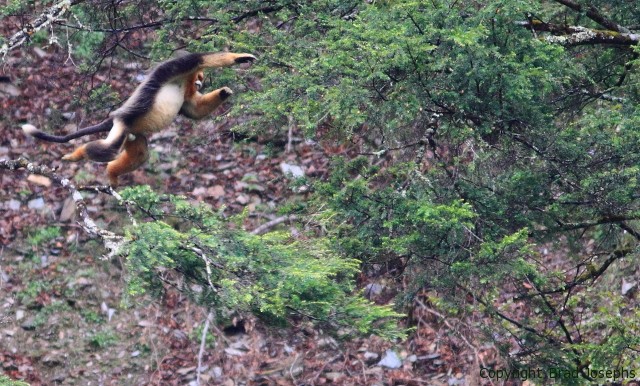
This large male golden monkey does a death-defying leap from one tree to another, as the troop slowly browsed through this high, forested valley.
Check out this video, showing the monkeys leaping from tree to tree.
Due to distance, and light falling mist, the images are not crisp and clear, as I had to crop them a lot, but when you are dealing with rare, elusive mammals like this, I think one can forgo some picture quality, and still appreciate them.
Another incredible mammal, which is also quite endangered, that we were able to see and observe is the Golden Takin. An encounter with these animals constituted the wildlife highlight for the second trip. While walking down a secluded mountain path, our group encountered about 40 of them at close range. On both trips we spotted many takin, but most from a distance. Actually, these guys were a little too close for comfort. When calves started appearing out of the bushes 20 feet from us, we started to back up, to give these amazing, and potentially dangerous animals, enough space. As with the golden monkey sighting, for me personally, the takin encounter ranks very high in my lifetime wildlife viewing experiences. Click here for biology stats.
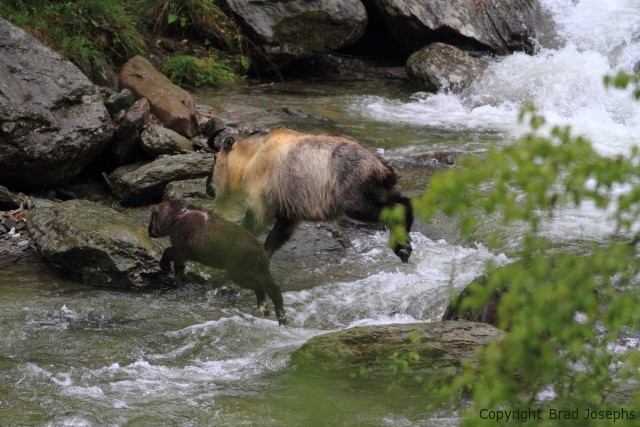
Mother takin and calf clear a fast flowing mountain river. Yes, I am mad at that green branch, but really, a picture tells a story most importantly, so I don’t get too hung up on quality.
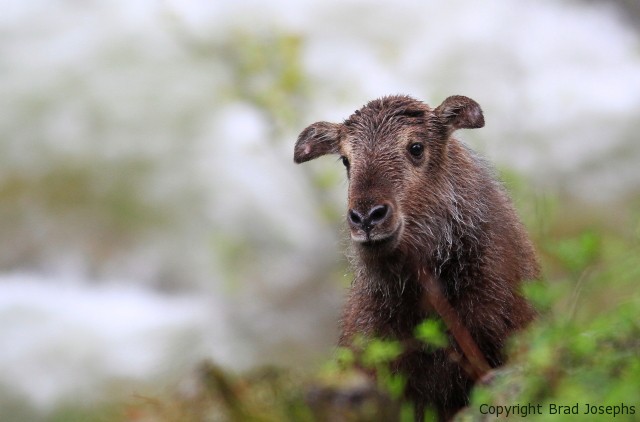
This young takin calf had no fear of us, and we actually had to be back up when it approached our group. It must have felt the good vibes of wildlife lovers. This was a once in a lifetime wildlife experience for me, and every member of our group.
The third member of what I call the “golden three” that we viewed and photographed in the wild, is the golden pheasant. On each trip we saw many, and had several opportunities for images. To see this vivid bird in the wild is a spiritual experience.
Not all of the wildlife was far away. Although also endangered and difficult to find in the wild, the hot blooded, and photogenic Tibetan Macaque is not elusive in the reserves we visit on these trips. Each group had very memorable encounters with this cold-weather adapted, “old man of the Chinese high country.”
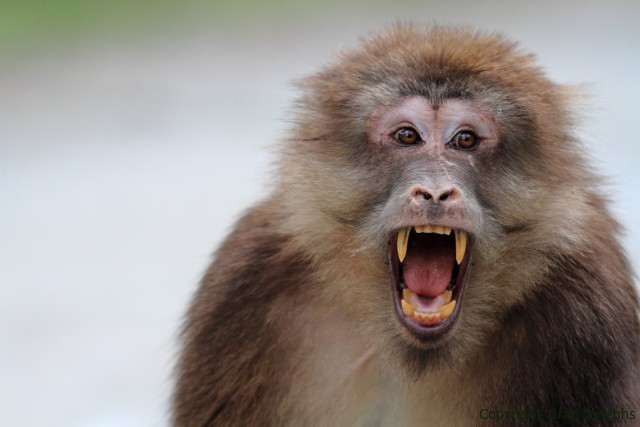
This guy got a little too aggressive, wanting the food he smelled in our vehicle, so I waved my cap at him and he backed off. These guys are known to be fearless and aggressive- and I admire them for it.
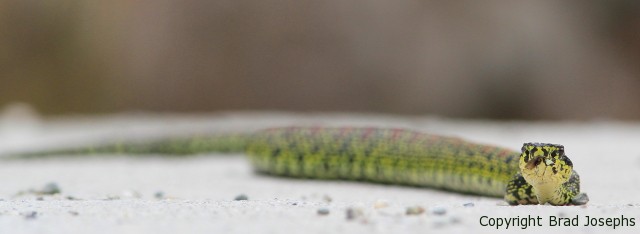
Red spotted pit viper, basking on a bridge. This beautiful guy is among the 8 most poisonous snakes in China.
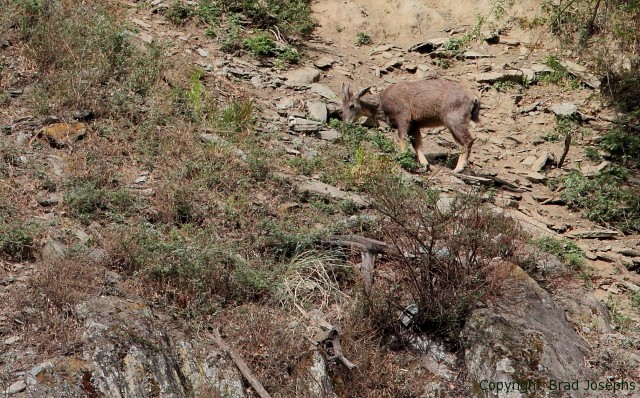
We spotted a very rare blue sheep grazing on the other side of a canyon from us. These guys are famous for being the favorite food of the snow leopard.
The list of mammals we viewed on our two trips is quite impressive for anyone who appreciates rare and exotic wildlife. It also includes the reeves muntjac, masked palm civet, yellow throated marten, and maybe serow. We did not, however see any wild pandas, unfortunately, as they are very elusive and difficult to encounter in the wild. We did, however, find their sign in prime habitat, and had amazing viewing of countless, up-close pandas at the breeding centers. In my next post I will explain how we helped to ensure the future of these great wilderness reserves by visiting, and putting a value on the wildlife through responsible ecotourism. That’s what it is all about.
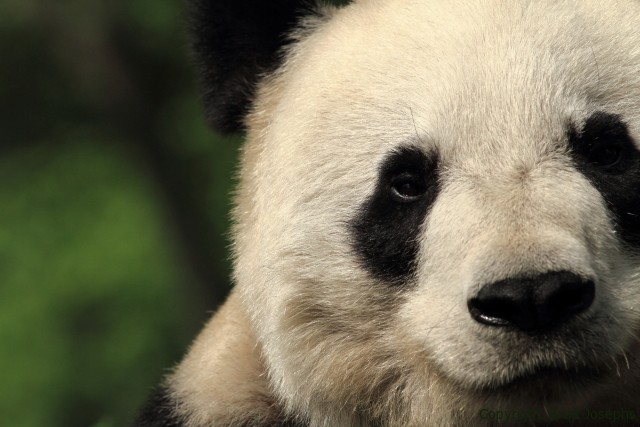
Beautiful adult female panda at Bifengxia, a sanctuary in the mountains of Southern Sichuan Province.

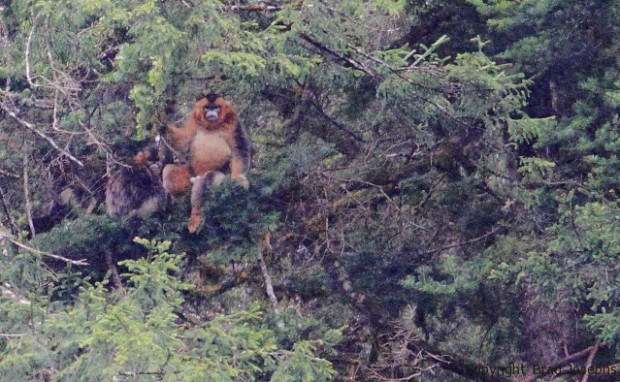
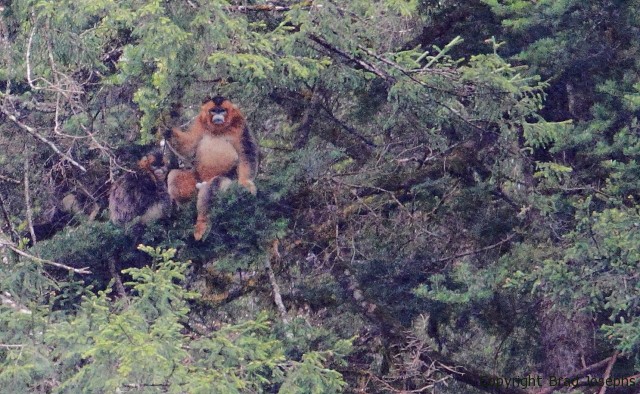
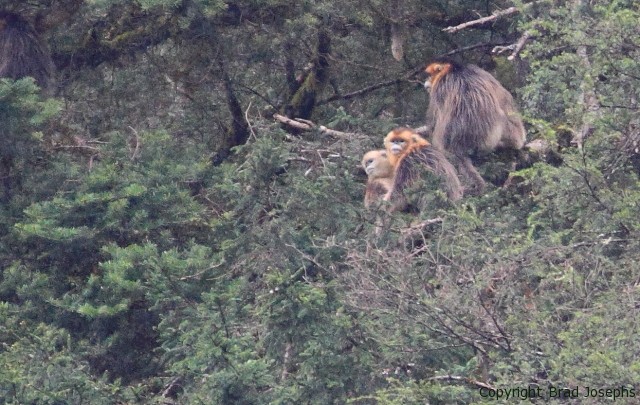
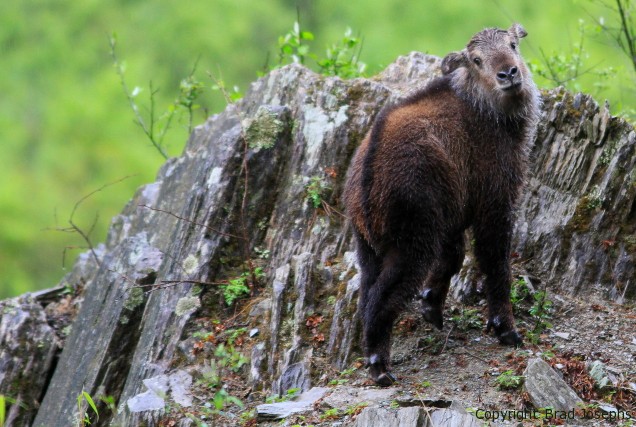
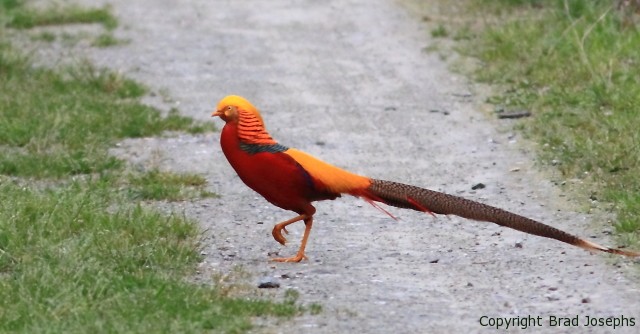
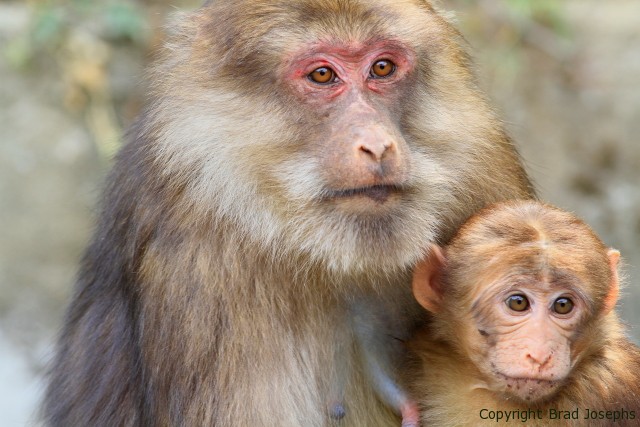
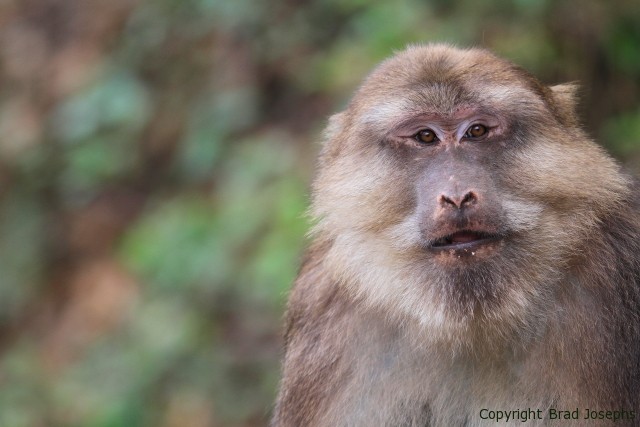
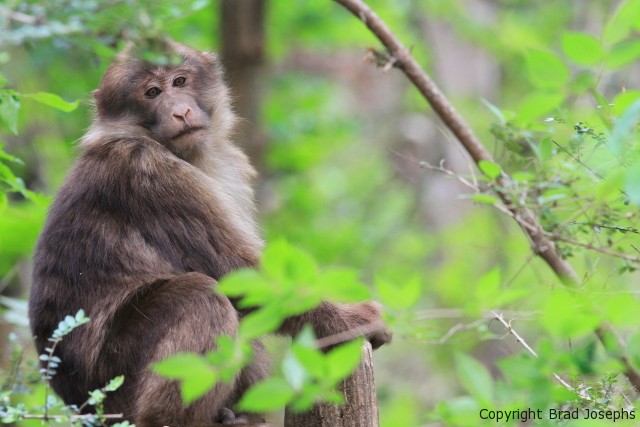
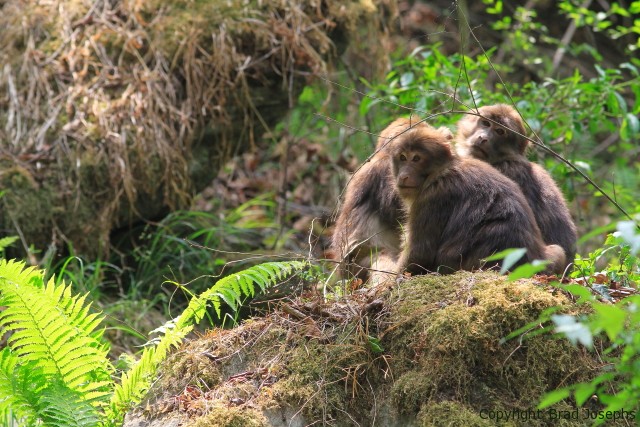
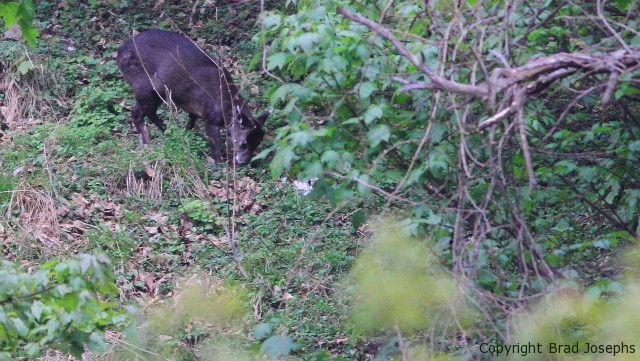
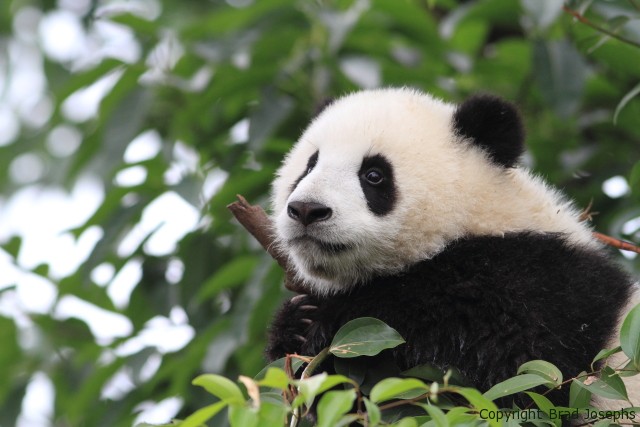
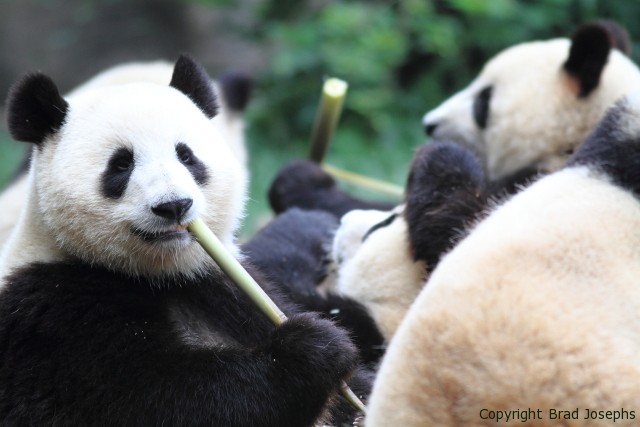


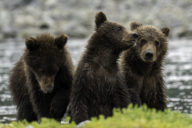
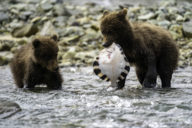
12 Comments
Great pictures.
Did you see any panda’s?
thanks
lots of pandas at the panda bases, lots.
Thank you for sharing your wonderful videos, wilderness is so precious that we have to preserve it. Hi from Belgium
How about a map of where you traveled in China ?? Also, when you say you saw no pandas, does that mean Giant Pandas or, also, lesser/red Pandas that are more common in the wild??
hey fred, we saw lots and lots of both giant and red pandas at Chengdu and Bifengxia panda bases, but we didn’t see ones in the wild, but did visit wild panda habitat, saw their sign.
I am keeping where we go on this trip a secret for now! that’s how special these places are. Some of these places have never been visited by foreigners before, and could be vulnerable, and also involve special permission and local contacts.
Brad, May-2012 visited Sikkim right up to the Chinese border and on other trips have been twice to Tibet as well from into Pakistan (Gilgit) in the south to almost Russia across Xinjiang and find that region all just amazing but missed Chendu due to the earthquake and want to go back — take the pilgrimage around Mt. Kailash. That plus looking for the Great Bustard’s with Lenka on a 2-week trip across Mongolia.
Wonderful blog! Something I’ll be sending people to when they ask about our trip. I’m just so sorry I missed those golden snub-nosed monkeys. And I can attest to the LOTS of pandas in the reserves. Have you talked about the moon bears?
Great Photos! I really admire your photographing skill!
what a fantastic blog
Brad, what an amazing trip! The wildlife you saw….how spectacular! Thanks for sharing your experience and your fabulous photos!
Tem mestrado em Gestão do Ensino Superior.
Continue lendo e também esclareça todas as suas dúvidas.